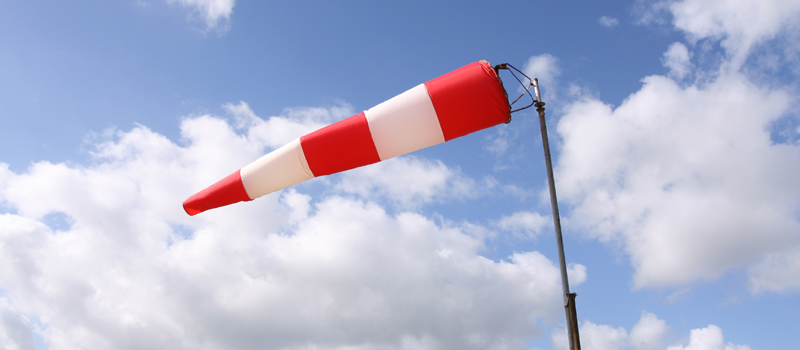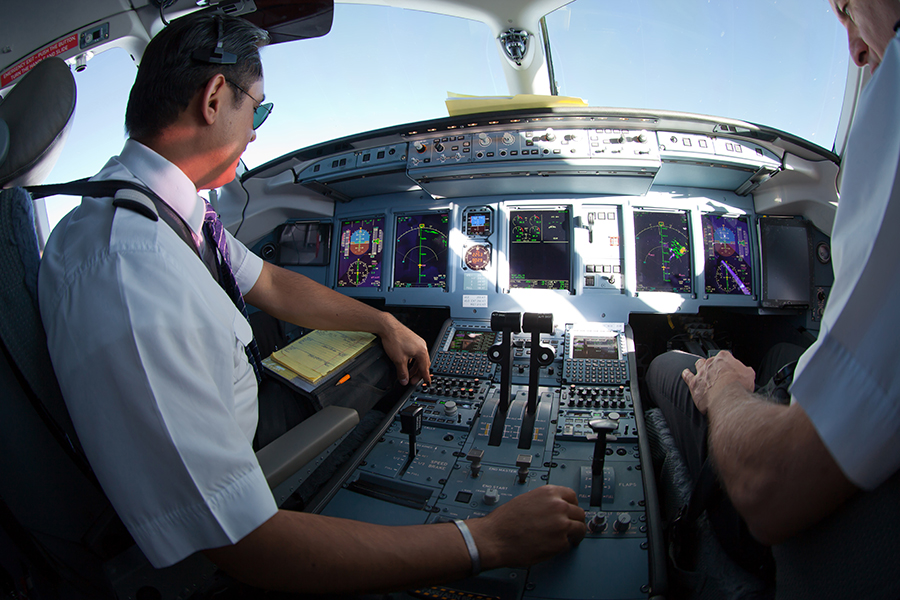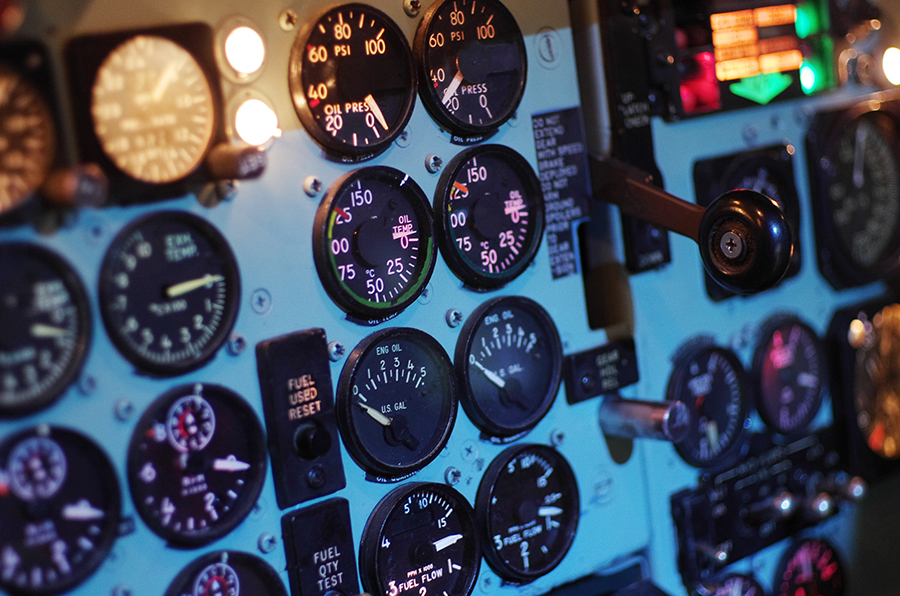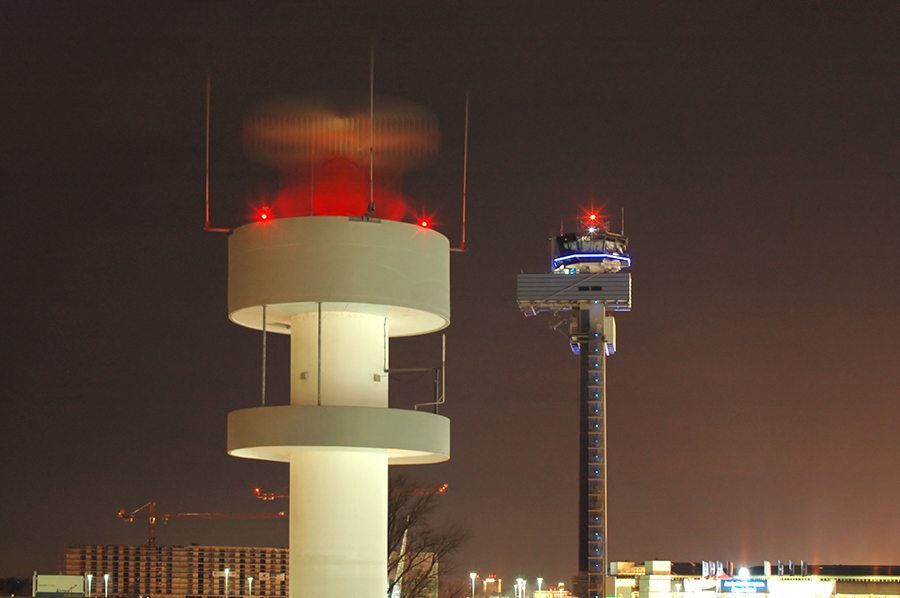A windsock (also known as a wind cone) is a classic symbol of the airport environment and has been used for decades as a tool to judge wind speed and direction quickly. These conical polyester tubes are often underappreciated, and using them to their maximum potential requires a basic understanding of their operation. This article will examine windsocks in detail, allowing you to use them to increase your situational awareness and become a better pilot.
Why Is Wind Speed and Direction Important?
The windsock plays a vital role in the takeoff and landing phase, particularly at airports with no other wind condition references. Aircraft have wind limitations dependent on wind speed and direction in relation to the runway, such as crosswind or tailwind component limitations. Landing with a tailwind component, for example, will significantly increase your landing distance. As such, it is of utmost importance to accurately judge wind speed and direction for takeoff and landing.
The History of Windsocks
The basic shape of the windsock can be traced back as far as 150 A.D. when the Roman empire used banners similar to the modern-day windsock to differentiate between different units of the military.
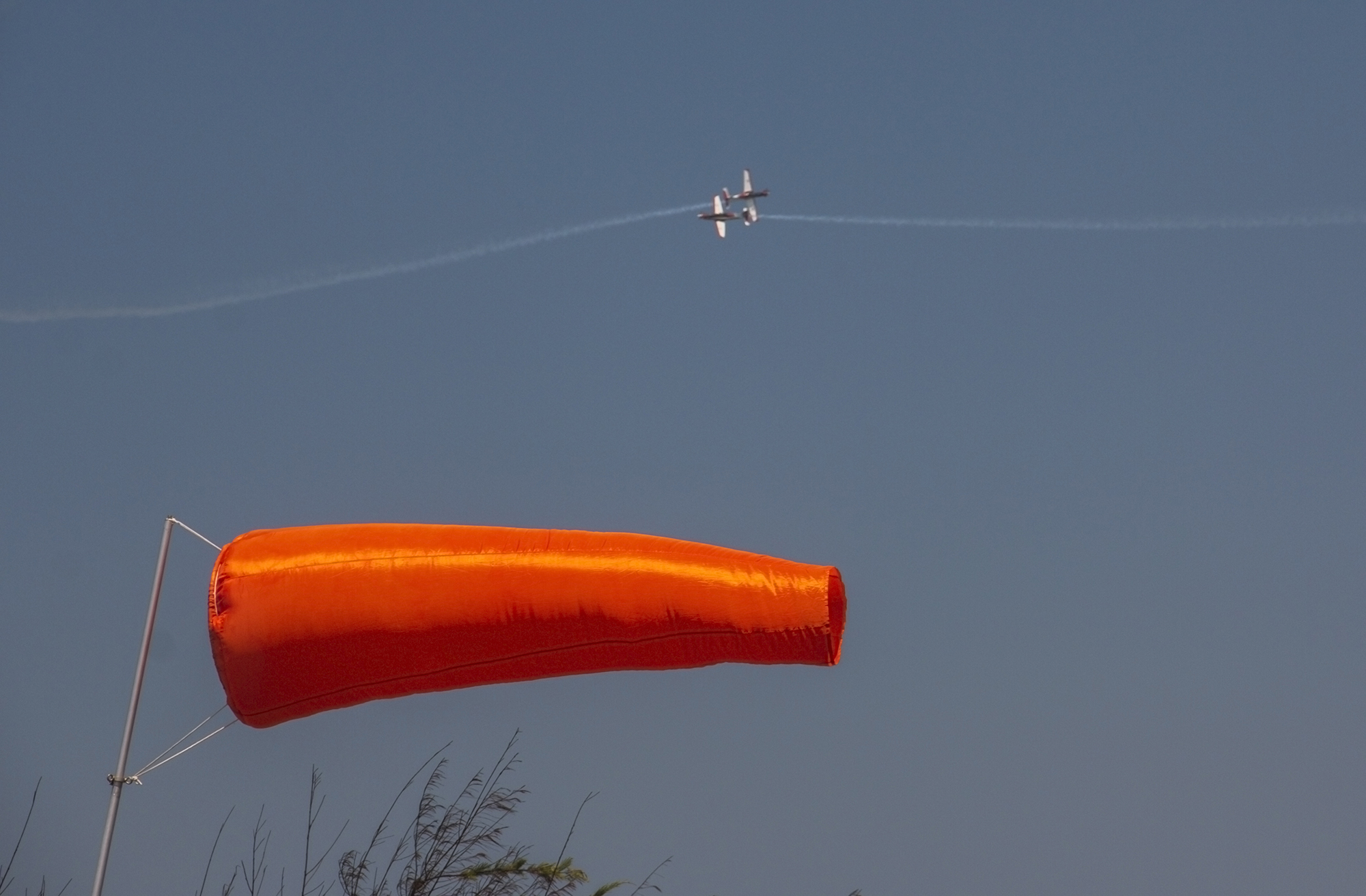
Before the Romans used these windsock-like banners, the Japanese used Koi-shaped paper or cloth tubes during annual celebrations honoring male family members.
In the 1800s, ships began using long windsock-like sails that would extend into the ship’s lower decks and provide oxygen. It is believed that this was the inspiration for the modern-day windsock.
Windsock Construction
Contrary to the usual assumptions, a windsock is not simply constructed by driving a pole into the ground and attaching a cloth cone. Windsocks vary in complexity and have evolved to become much more than the simple cloth tubes of the past.
The metal mast of a windsock is made of aluminum or galvanized steel and is placed on a metal foundation to withstand high wind speeds. The swivel frame (metal cone) is placed on top of the mast, and the windsock is then attached to this swivel frame.
For more complex windsock installations, the windsock can be lighted by lights mounted on the mast, allowing the windsock to be visible at night. The windsock mast can also be made to tilt if needed to allow easier removal and replacement of the windsock bag.
Furthermore, windsocks, particularly at larger airfields, can have weather stations integrated into the mast, with an anemometer device measuring the wind speed and direction.
In line with Federal Aviation Administration (FAA) specifications, windsocks may be orange, yellow, or white and may not have any logos or lettering. The most useful windsocks for determining wind speed are those with stripes of alternating colors, such as orange and white, or lines at set intervals.
The red and white striped windsock is the most common version, but windsocks of many different colors are used for specific applications where a colorful windsock may not be suitable. Nature reserves tend to only allow green windsocks to prevent color pollution, for example.
FAA Windsock Specifications
Luckily the FAA has specific windsock specifications to ensure that you do not end up incorrectly reading a makeshift windsock at a remote aerodrome.
The FAA specifies that the windsock length must be either eight feet with a throat diameter of 18 inches or a length of 12 feet with a throat diameter of 36 inches. The fabric used must be water-repellant and colorfast, as the windsock will be constantly exposed to the elements.
The entire windsock assembly must be able to operate in a temperature range of -67 degrees Fahrenheit (-55 degrees Celsius) to 131 degrees Fahrenheit (55 degrees Celsius) and must be able to sustain wind speeds of up to 75 knots.
How to Estimate Wind Speeds
Using the stripes of a windsock, a reasonably accurate estimate of the wind speed can be made.
Each stripe of a windsock represents 3 knots of wind. In other words, the windsock will orientate itself with the wind direction and extend the first stripe when the wind speed reaches 3 knots. When the second stripe extends, the wind speed is 6 knots, and so on, until all stripes are extended when the wind speed is 15 knots or more.
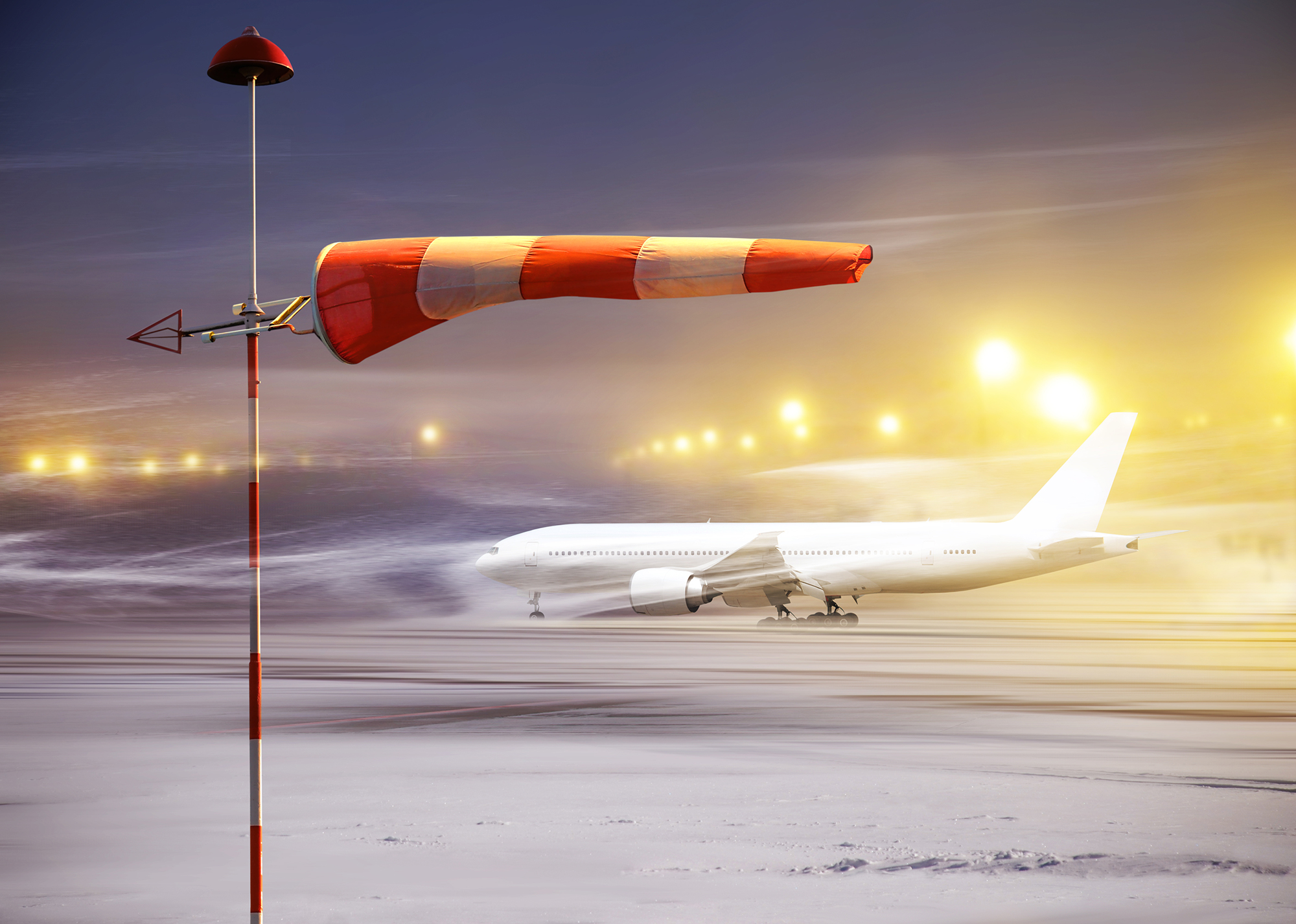
Some swivel frames hold windsocks open, causing them to indicate 3 knots when the wind is actually less. This allows the windsock to indicate the wind direction even in light winds.
An airfield may have multiple windsocks, so it is essential to look at the windsock closest to the runway you intend to use for landing or takeoff. Take note of the indications from the other windsocks, as they may indicate the presence of wind shear. For example, if the windsocks at two ends of the runway are pointing in opposite directions, this is a good indication of the presence of wind shear.
Not all windsocks are placed in optimal areas, and some windsocks may be influenced by surrounding obstructions such as trees or buildings, which may affect the windsock indication. Take note of these obstructions when using a windsock to estimate wind speed and direction.
Better Alternatives
While windsocks are undoubtedly helpful, far more accurate and useful wind speed and direction information will be available to pilots under most circumstances.
If an airport has Air Traffic Control (ATC) services, it will more than likely have a weather station that will provide accurate wind speed and direction indications, as well as wind trend data.
Many airports, including those with no ATC services, broadcast weather information over VHF radio frequencies. This weather information is obtained by weather stations at the airfield and then automatically broadcasted on the appropriate frequency.
Conclusion
The windsock is a famous symbol of the aviation environment and a useful tool used by aviators worldwide on a daily basis. The ability to read a windsock is a critical skill that every pilot must possess and cannot be taken for granted. Next time you see a windsock, take a moment to appreciate the history and beauty of its simple yet practical design.
